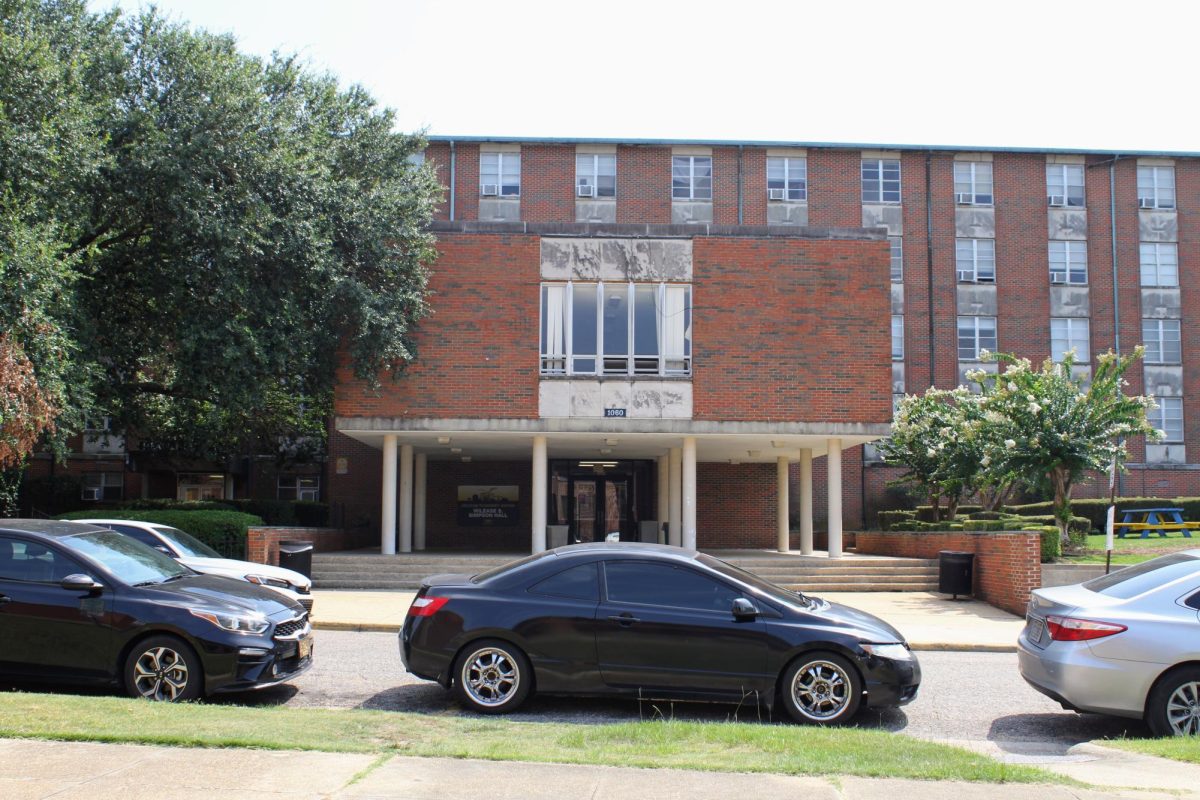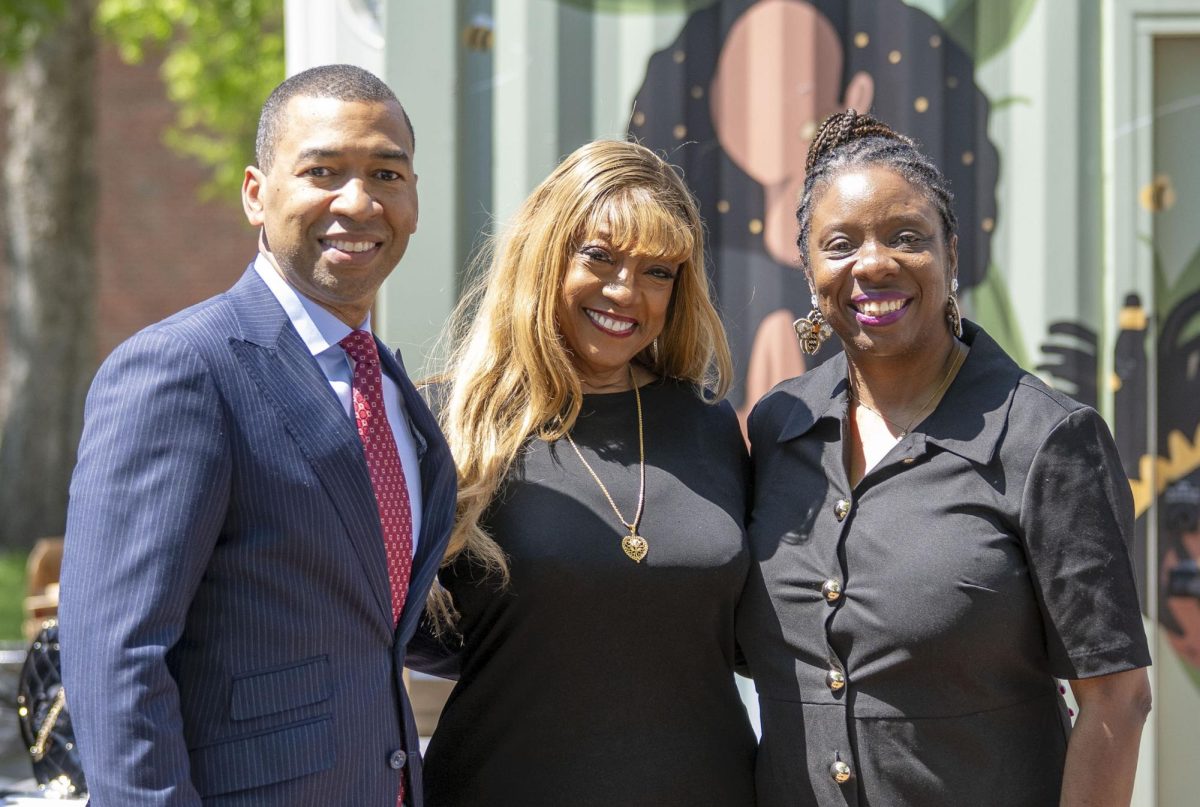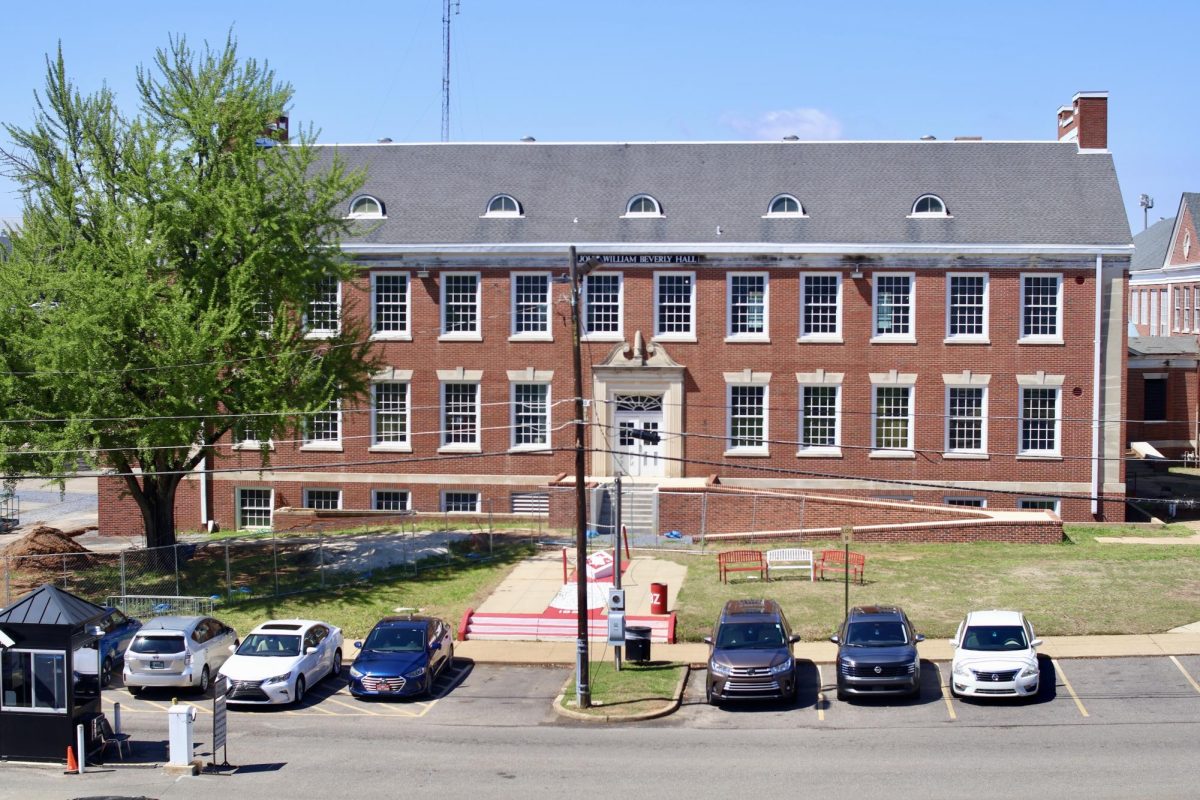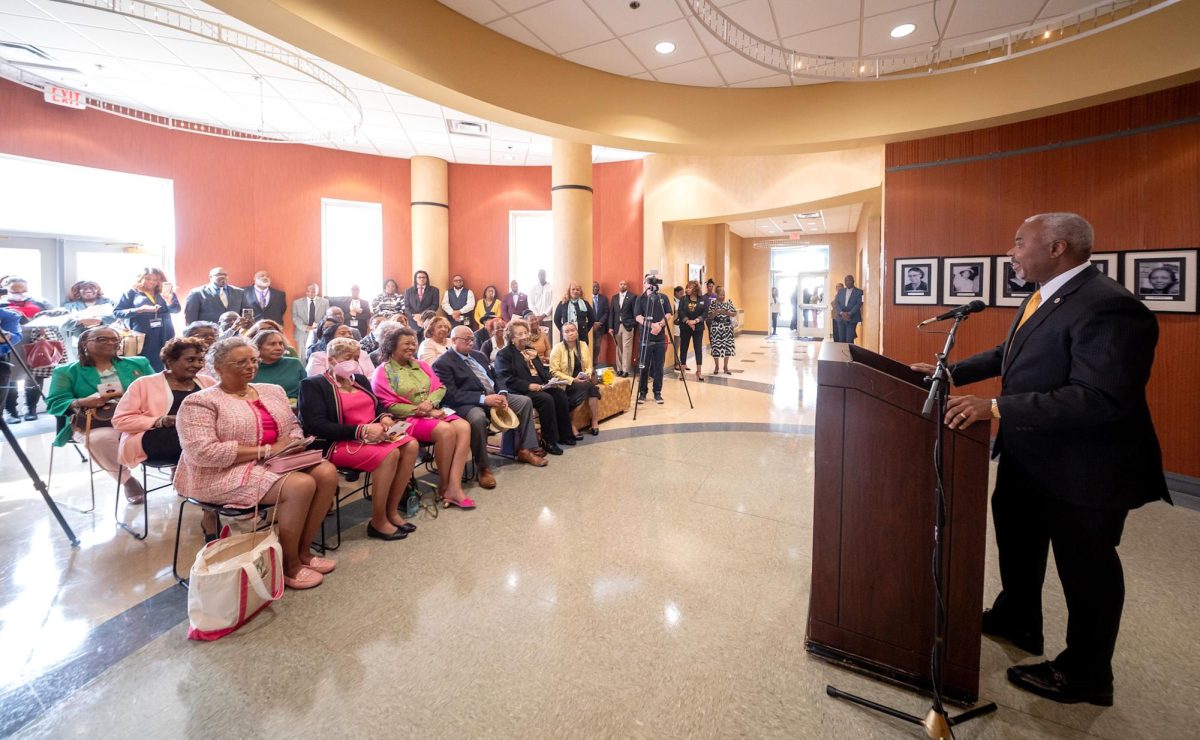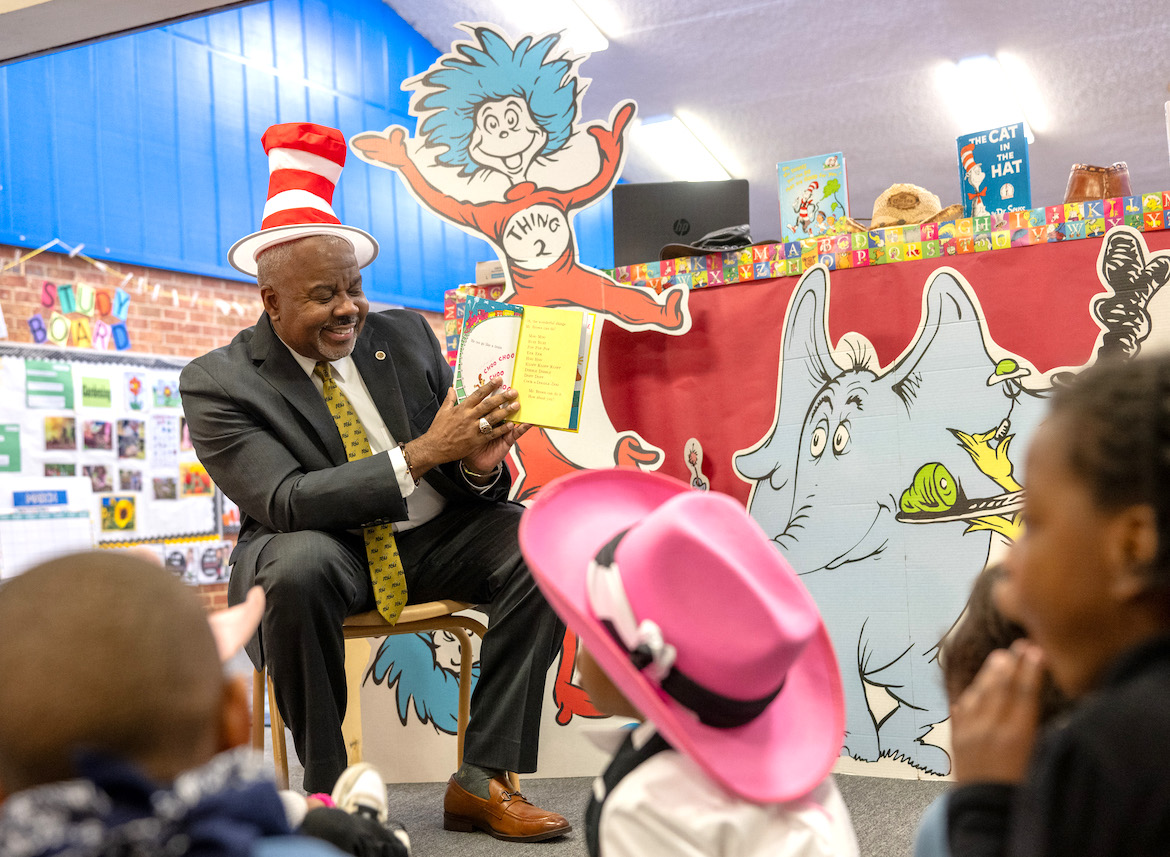A large number of students who reside on the campus of Alabama State University are disgruntled due to the prohibition of in-room visitation that became effective during the fall semester.
This ongoing inconvenience has caused students to feel both disappointed and dispondent due to the the amount of money that is paid to the university for on-campus housing.
“If we’re going to pay all this money for housing, the least the university can do is give us visitation,” said senior education major Jonna Robinson. “If COVID-19 is the reason for us not having it, then why are reusable dishes still being used in the cafeteria instead of disposable ones?”
Ashten Harness, a sophomore marketing major, has similar sentiments.
“I feel as if we don’t get treated like adults as far as the housing situation goes,” he said. “More lenient policies, along with an actual explanation for visitation being stripped, would go a long way. Communicating with students would definitely help us understand and limit complaints.”
Efforts were made to contact Rakesha Hines, Ph.D., assistant vice president of Student Affairs and director of the Office of University Housing and Residence Life, to learn why the in-room visitation was discontinued and when it would be reinstated.
She started her explanation with the benefits. According to Hines, the current restrictions do have its benefits as far as the Office of Housing and Residence Life is concerned, as it contributes to the safety and well-being of students. The resident assistants are able to become more familiar with the faces of those who actually reside in their building and their specific floor.
However, she does offer hope regarding its reinstatement.
“In terms of rolling out visitation, we’re unsure if we want to do it as a whole program that features Valentine’s Day or just announce a few dates to keep the students updated,” Hines said. “I can say that for sure in February, visitation will start back up. We’re also going to be sending out messages to our students to let them know the procedures as it relates to visitation. Procedures such as the time period of visitation, the process of checking in and out residents and adding the layer of making sure students talk to their roommate and create boundaries for this process.”
Hines said that her first priority, after returning from maternity leave, was to ensure all students who desired housing were able to receive housing.
“We’re trying to get in the momentum of getting all of our students in (campus housing). Thinking of housing, occupancy and capacity issues, we’re trying to pivot and make sure that all students that wanted housing that met the requirements, received housing first.”
Hines, who has served as the University Housing and Residential Life director for seven years, is not against visitation but believes safety is the chief concern.
“Visitation allows students to engage and build relationships with other people, but not having visitation allows us to know who the residents are in specific buildings,” Hines said. “Adding visitation adds another layer, such as the roommate component … I think it helps with the whole communication piece that comes with living with someone. We always operate in the mindset of safety and security first. Visitors have to scan the QR code, submit their student information to check in, as well as turn in their ID to the front desk … I think that further reinstates the comfortability of having non-residents in the building.”
While the lack of a concrete date for reinstating visitation has left students uncertain and frustrated, Hines has assured that efforts are underway to resume visitation in February.
Categories:
Students unhappy with lack of in-room visitation
Ashonti Shaw, Assistant University News Editor
January 27, 2024
Simpson Hall provides accommodations to returning male students. Sitting atop one of the campus knolls, this 4 and ½ story brick property was built in 1966.
Story continues below advertisement
0
More to Discover


